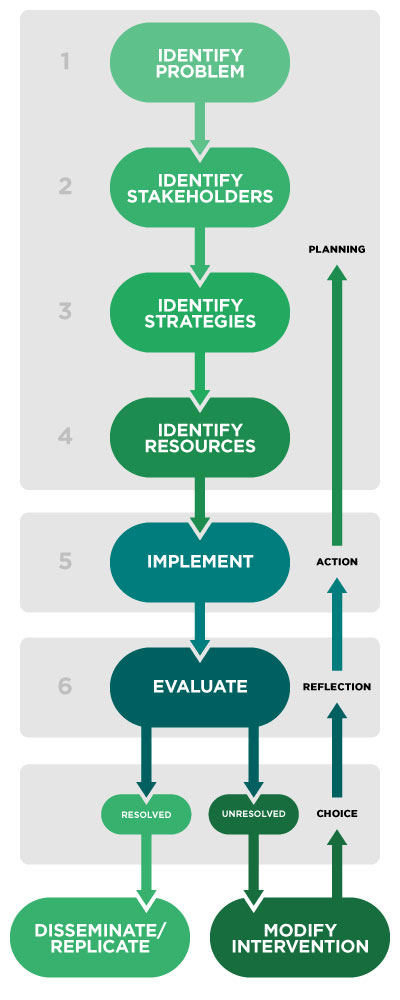Principles of Community Development
Co-Learning: Engage in mutual learning and capacity building among professionals and community members through reflective practice, experiential knowledge, professional development, and scholarship.
Collaboration: Bridge boundaries of place, sector, discipline, identity, and interest to integrate diverse perspectives and resources in shared decision-making and co-creation.
Community-Driven Practice: Center those most directly impacted in the planning, implementation, and evaluation of community initiatives, policies, programs, and research that affect their lives.
Community Power: Respect the ability of community members to develop and sustain a strong self-image, create shared power, and think and do for themselves.
Dignity within Diversity: Practice and foster cultural humility, nonjudgmental listening, and accountability for any harm done.
Economic Autonomy: Strengthen local ownership and stewardship of community assets and wealth building opportunities.
Social Justice: Identify, resist, and dismantle systems of oppression experienced by both historically marginalized groups and emerging social identities.
Sustainability: Practice and foster careful deliberation of the cultural, social, economic, and environmental impacts of actions and inactions over time.
1 Community Development Society Principles of Good Practice
The following represents the essential elements of the Center for Community and Economic Development:
Step 1:Identify ProblemBoth formal and informal methods may be used to identify community issues, capacities and needs. Step 2: Identify StakeholdersEngage the community/organizational stakeholders. Involve citizens who are experiencing the problem/issue. Step 3: Identify StrategiesEngage community in discussion of issues, and identify possible alternatives to address concerns research alternatives Step 4: Identify ResourcesSelect appropriate strategy. Identify local in-kind and cash resources to link with other resources to implement a specific program strategy with the community. Step 5: ImplementIn cooperation with the community implement the strategy with an emphasis on shared leadership and collaboration. Step 6: EvaluateThrough formative and summative evaluations assess the program impacts on the target audience and others to determine if the stated goals and objectives are met. |
 |
Based on the findings modify steps 1-6 to produce the desired outcomes.

